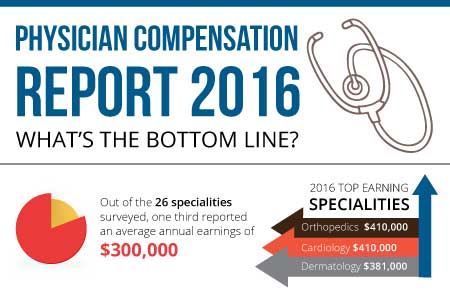The advantages of tracking leading indicators are much more than just the morale boost that comes with a  protracted incident-free period. According to the 2016 Workplace Safety survey, the ten most noticeable workplace injuries brought about costs in excess of $51 billion. Tracking leading indicators safeguards employees, boosts morale, and guarantees a 2:1 financial return.
protracted incident-free period. According to the 2016 Workplace Safety survey, the ten most noticeable workplace injuries brought about costs in excess of $51 billion. Tracking leading indicators safeguards employees, boosts morale, and guarantees a 2:1 financial return.
In-order to get these rewards, you need leading indicator data, and obtain the relevant data, you need to ensure that employees feel encouraged to report all safety occurrences. Employees could be anxious of disciplinary action caused by their reporting safety incidents, particularly if they or a friend were guilty for causing it.
To eradicate workers’ fear of reprisal, management should communicate and pledge to a no-fault culture. This will raise the accuracy of incident statistics while protecting employees who may have made a minor mistake. To make amends for individuals who will constantly crib that management is insincere about its no-fault promise, there should additionally be a way method to report incidents anonymously.
Some methods to report a leading indicator anonymously include:
- Preprinted leading indicator reporting forms that do not have a name section.
- Incentivizing teams to report indicators by rewarding the team who reports the most e.g. with a free team lunch.
- Anonymous voicemail reporting of safety leading indicators.
To guarantee success in the case of increased incident reporting means making timely employees responsible for reporting. This is because these employees have the most awareness of what happens on the frontlines and are accountable in ensuring their colleagues are both happy and unharmed. Individuals who take ownership will quickly learn and look forward to demonstrate the success of the effort.
For any safety program to succeed, it needs the buy-in of senior management. Historically, this was more difficult to receive because safety had rarely been a profit center for the company. However, considering the high costs of worker’s compensation and that a large majority of CFOs believe that injury prevention generates a two-to-one return for them means that there the business case for safety has never been stronger.
The responsibility of middle management is to supervise the assimilation of the drive for success by the hourly employees and the fulfillment of senior management’s expectations. Middle management is caught between both, and their success depends on being able to aid as reliable a bridge in-between. With the overall task of ensuring hourly employee success, middle management has the sub-task of gathering and analyzing data and presenting findings to both hourly employees and senior management.
For more on techniques to predict injuries and health and environmental incidents, join expert speaker Vince Marchesani Ph.D. in a Webinar titled “The Use of Leading Indicators to Predict Injuries and Health and Environmental Incidents”. During this session Dr. Marchesani will elaborate on the techniques to predict injuries and health incidents in your workplace.




